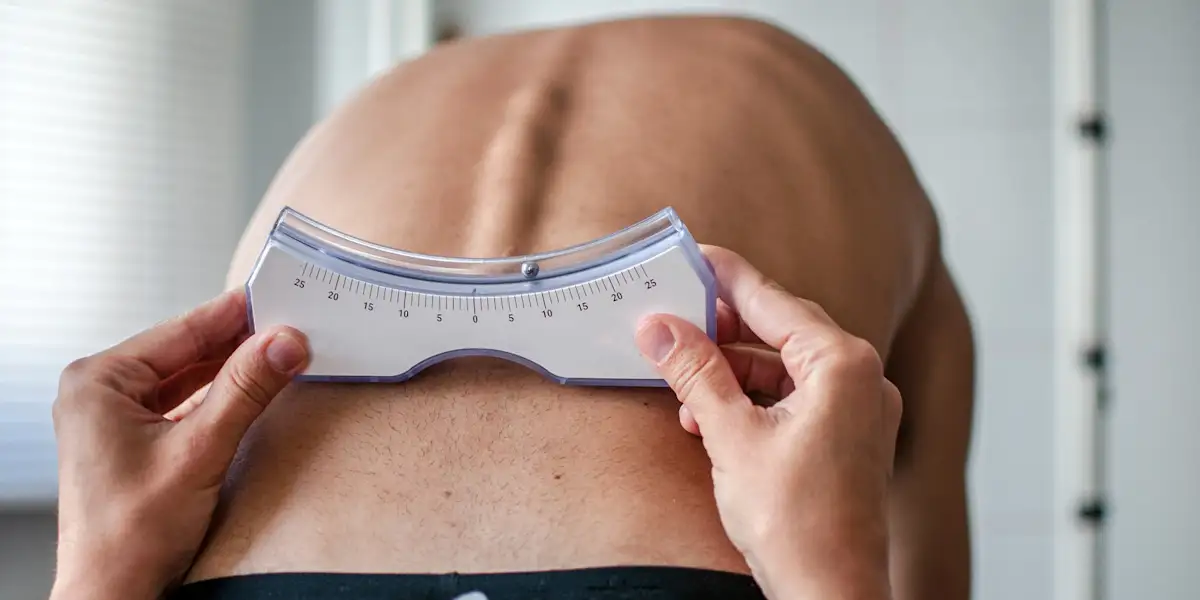If you have scoliosis, sitting at a desk all day can be more than just uncomfortable. It can be exhausting. Scoliosis is often described as a curve in the spine, but what’s not often explained is how that curve can affect the way you sit, move and feel during a typical workday.
You might have heard “just sit up straight” more times than you can count. But for many people with scoliosis, that advice just doesn’t work, and often, it makes things worse.
Why your back feels different
With scoliosis, your spine might curve in an S or C shape, and that can affect your muscles, joints and balance. Here’s what that can mean during a desk job:
- Uneven strain. You might lean to one side without realising it, or feel like one shoulder or hip carries more weight. Over time, that can lead to tight muscles or joint discomfort.
- Fatigue from holding yourself up. Your muscles may work harder to keep you upright or compensate for the curve, especially when sitting still for long periods.
- Pain that shifts around. Some days it’s your lower back, other days it’s your shoulder or neck. This can make it hard to know what’s causing the problem or how to fix it.
None of this means you’re broken. It just means your body works a little differently, and it needs support that fits you, not a one-size-fits-all setup.
What might help (from people who get it)
Here are a few things people with scoliosis have found genuinely helpful in the office:
- Move often, even a little. You don’t have to do a full stretch routine every hour. Even shifting positions, standing up for a minute, or walking to refill your water can reset your spine and muscles.
- Experiment with your setup. The standard desk and chair combo isn’t made for everyone. A slightly tilted seat, a rolled towel behind your lower back, or a footrest might make a big difference in how your spine feels.
- Try supportive cushions. Some people find lumbar cushions or wedge-shaped seat pads help distribute pressure more evenly. Others prefer firm chairs over soft ones. There’s no universal answer. It’s about what feels right for your body.
- Use dual screens or reposition your monitor. If you tend to twist your neck or upper back to see your screen, adjusting your monitor height or using two screens can reduce the strain.
- Don’t force symmetry. Sitting “straight” might not feel natural if your spine has a curve, and that’s OK. Aim for comfort and balance, not perfect posture.
- Heat and movement can soothe. A warm compress during lunch, a quick walk after work, or gentle stretching can help calm irritated muscles.
- Know your limits. If you find sitting for too long flares up pain, try setting a timer to remind yourself to move. Your body gives you early warnings. It’s OK to listen and adjust.
You’re not fragile. You just need the right support
Scoliosis doesn’t mean you’re destined for pain or that you can’t work comfortably. But it does mean you’ll benefit from being a bit more aware of how your setup and habits affect your spine.
There’s no shame in needing adjustments. You’re not being difficult. You’re being smart about your body. And the more you work with it (instead of pushing through), the better you’ll feel.



